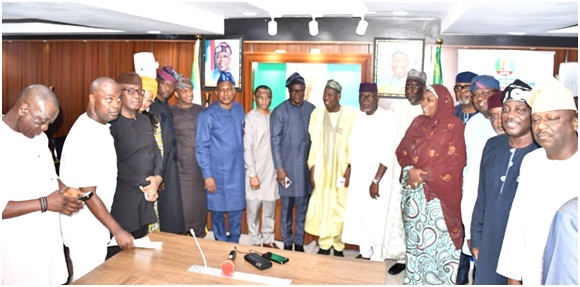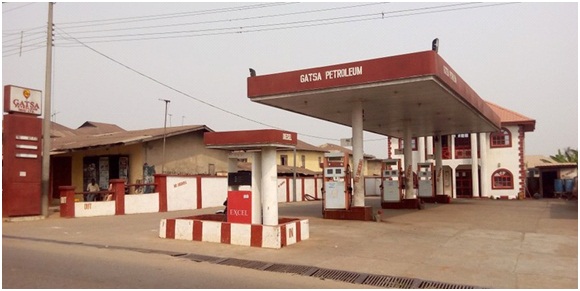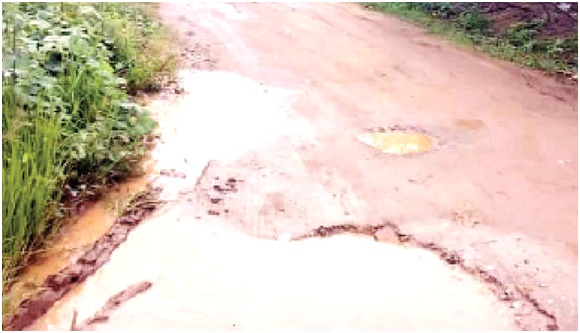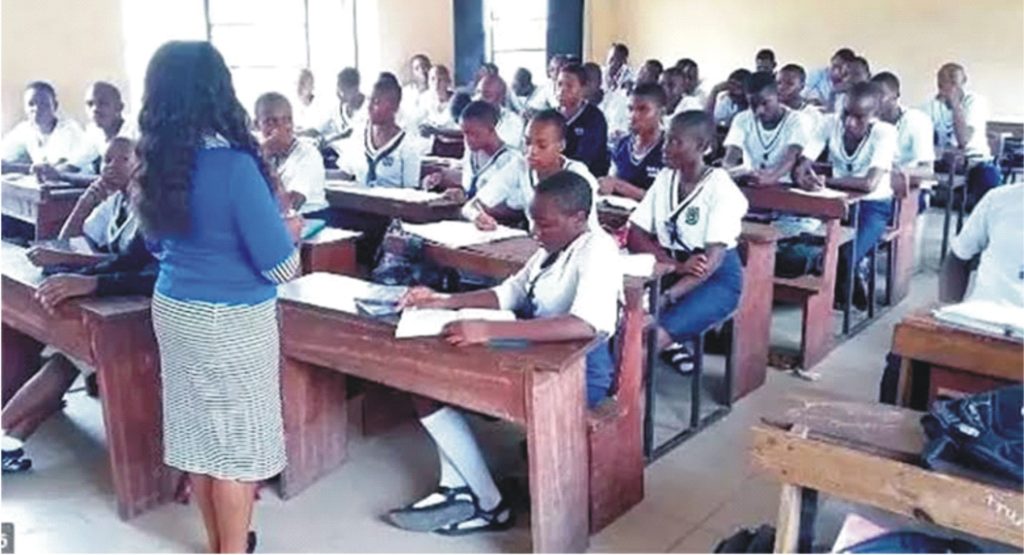Climate change, pollution causing fish extinction
By Adetokunbo Abiola
|
Vascular plant species at the coastal area of Nigeria along the IIaje coast of Ondo State may vanish to the tune of 3.86 percent between now and 2028, according to a recent study by a group of scholars led by O.O Popoola of the Federal University of Technology, Akure.
During the same period, four percent of the decapods crustacean species may experience a loss in their numbers, while about 4.06 percent of fish species may suffer the same fate.
By 2028, unless local strategies get implemented by the government, or spatial planning gets ignored by experts, 5.08 percent of biodiversity-rich zones (BRZ) may get eliminated.
The extinction of biodiversity-rich zones, decapods crustaceans and vascular plant species may prove irreversible, if key stakeholders look away from strategies to stem biodiversity change currently taking place in the area.
Pollution by oil companies caused terrestrial habitat challenges at the location between 2008 and 2018, accounting for 30.6 percent of biodiversity loss in the locality.
Sea incursions provided another reason for biodiversity change, accounting for 23.4 percent of the condition, while over-harvesting of forest lands resulted for 20.2 percent of the situation.
Natural habitat destruction caused 16.1 percent loss of biodiversity in the area, while the exploitation of species led to a 9.7 percent loss of diversity.
Due to natural habitat destruction, the over-exploitation of species, the incidence of sea incursions, as well as the pollution brought by international oil companies, the yearly mean rate of biodiversity depletion for the ten-year period stood at 0.254 percent.
The study, titled Assessment of Biodiversity Change in the Coastal Areas of Ondo State, used the species-area relationship (SAR) model to predict the number of species likely going to be extinct through habitat loss.
It also used historical satellite images to ascertain the rate of degradation and/or encroachment over the ten-year period, with a cartographic output and data management programme utilized in carrying out its analysis.
In addition, the team of scholars gave out questionnaires to determine the drivers of biodiversity loss in the study area, which has an area of 1,470.5 square kilometers and a population of 290,615 as at the time of the 2006 national census.
Through the use of the questionnaires, the scholars discovered that the natural habitat and the biodiversity-rich zones of IIaje suffered progressively from biodiversity changes, a condition confirmed through the usage of historical satellite images as well as species-area relationship model.
The study discovered that for 2008, 0.75 species of fishes, representing 1.12 percent of the species of the study area, got lost, while 1.72 percent and 2.03 percent got depleted in 2013 and 2018 respectively.
In the case of the decapods crustaceans in the years of 2008, 2013 and 2018, a loss of 1.71 percent, 1.71 percent and two percent took place respectively.
Furthermore, in 2008, the study area decreased with about 45.84 square kilometers of biodiversity-rich zones due to habitat conversion, with the extent of land loss increasing to 70.36 square kilometers in 2013, while 83.05 square kilometers got lost in 2018.
Vascular plants witnessed an extinction of 1.12 percent, 1.72 percent, and 7.01 percent in 2008, 2013 and 2018 respectively.
With this result, vascular plants showed the greatest amount of extinction at a time of a massive land loss, followed closely by fish species, and then crustaceans such as white shrimps, brackish river prawns, Africa river prawns, West Africa freshwater crab, tiger prawn and pink crabs.
The impact of biodiversity loss, according to the study, proved grave in the years covered, as 79 percent of respondents claimed that the loss of biodiversity affected their livelihood, though 21 percent of the people said biodiversity changes did not affect them, but only because they occupied themselves with jobs other than fishing and farming.
For respondents who concentrated only on fishing, they took only two years to construct their houses prior to the period of the study, but after the biodiversity changes, they took took five years to construct buildings with the same quality.
Due to biodiversity changes, 80 percent of the people who worked as farmers and fishermen asserted that the problems created severe impacts on their livelihoods, since some level of breakdown took place over the ecosystem’s ability to cater for their needs.
Since 80 percent of respondents suffered severe impacts in their capacity to maintain a sustainable livelihood, and with fishermen earning less than before, a high poverty level characterized the study area, even among people who worked as farmers.
In conclusion, the study said a drastic fall or growth in the rate of biodiversity depletion could take place by 2028, depending on how stakeholders enacted appropriate policies and strategies.
It called for policies prohibiting the indiscriminate harvesting of endangered species from a rich biodiversity containing a diverse assemblage of fish, shellfish, fin fish species, reptiles and other organisms.
The development of a biodiversity database should be carried out, and measures started to halt the spread of invasive species, especially with 12.1 percent of respondents claiming that this affected the extinction of fishes, crustaceans and plants.
Furthermore, the authors of the study expressed the need to integrate the biodiversity aspect into spatial planning processes of the state, for the sustainability in the coastal area.
With sustainable measures in the coastal areas of the state, the menace of invasive species will be curtailed, while the indiscriminate harvesting of endangered species could redress a worrying situation, with the drastic decrease in the loss rate of biodiversity-rich areas tackled, all leading to an improved economic situation of hundreds of thousands of people who exist through farming and fishing in the study area.










